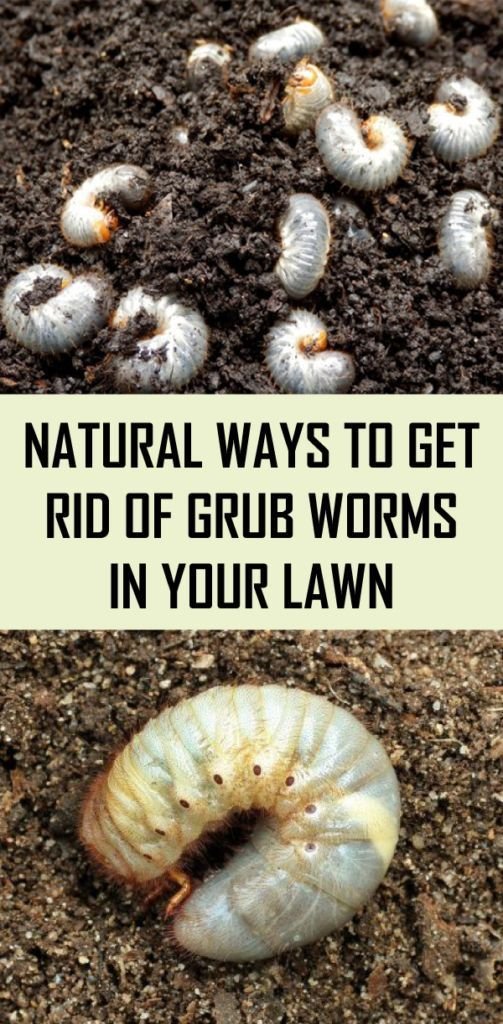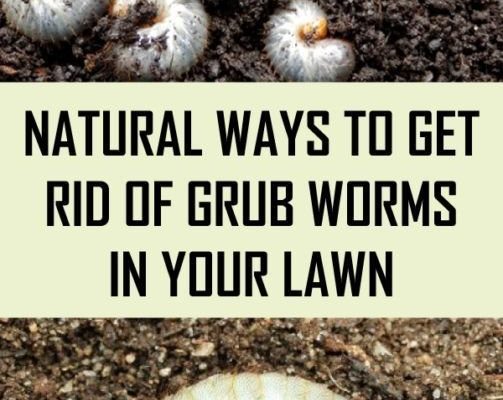
When it comes to removing these critters, you may feel overwhelmed. After all, it’s not just about getting rid of them; you want to be sure your actions are safe for the environment and your garden. So grab a cup of coffee, and let’s chat about some effective, eco-friendly ways to remove grub worms from your garden soil.
Understanding Grub Worms
Grub worms are the larval stage of various beetles, with **Japanese beetles** and **June bugs** being the most infamous culprits. These little guys usually live in the soil, feasting on grassroots. This could lead to browning patches on your lawn or wilting plants. To effectively combat them, it’s essential to recognize the problem early on.
You might be wondering how these worms even get into your garden. They lay eggs in the soil, usually in late spring or early summer. Once the eggs hatch, the larvae emerge and begin their feast. So, your first step is to identify if they’re present. Check for signs like patches of grass that are particularly brown or plants that look unhealthy.
Identifying Grub Worm Infestations
To confirm a grub worm infestation, you can perform a simple test. Take a small trowel or shovel and dig a square foot of soil about three to four inches deep. If you find several grubs, that’s a clear sign you need to act quickly. Keep an eye out for other signs, like birds pecking at your lawn or even small animals digging. They might be trying to snack on those little pests!
Natural Ways to Remove Grub Worms
If you prefer to keep your garden chemical-free, there are several natural methods to remove grub worms. Here are a few effective options:
- Beneficial Nematodes: These microscopic worms are nature’s little predators. They enter the bodies of grubs and release bacteria that will kill them without harming your plants.
- Diatomaceous Earth: This powdery substance is made from crushed fossilized algae. When sprinkled on the soil, it punctures the grub worms’ exoskeletons, dehydrating them.
- Hand Removal: If you don’t have a massive infestation, simply handpicking the grubs can be effective. Wear gloves, and place them in a bucket of soapy water to kill them.
Honestly, these methods can be quite effective if done correctly. Just be patient; sometimes, natural solutions take a bit longer to show results compared to chemical treatments.
Timing is Everything
When implementing any removal technique, timing is crucial. Early morning or late afternoon are the best times to tackle the problem because grubs are often closer to the surface during cooler parts of the day.
Using Chemical Treatments Wisely
If the natural methods aren’t cutting it, you might consider chemical solutions. However, it’s important to approach this option with caution. A common treatment is **imidacloprid**, used to kill grubs effectively. But, before you jump into using it, here’s the thing: chemical treatments can harm beneficial insects and pollinators.
If you decide to go this route, always read the label for instructions. Apply it during the grubs’ active season, which is typically late summer or early fall. This ensures you target them when they’re hungry and feeding.
Alternatives to Chemical Use
If you’re hesitant about chemicals, consider using a **grub control product that’s labeled as organic**. These can be effective without posing a risk to beneficial insects. Always look for products that have natural ingredients, and make sure to follow application instructions carefully.
Aftercare: Protecting Your Garden
Once you’ve tackled the grub problem, it’s crucial to protect your garden moving forward. Healthy soil can deter some pests, so consider applying organic compost or mulch. This not only nourishes your plants but also helps build a stronger environment.
Another protective measure is to plant **companion plants** that repel grubs, like marigolds. They can act as a natural barrier, keeping unwanted guests away while still beautifying your garden.
Watering Wisely
Additionally, how you water can play a role. Overwatering can create a perfect environment for grubs. Keep your watering consistent but not excessive. A healthy lawn or garden is often less prone to infestations.
Preventing Future Infestations
Prevention is key when it comes to managing grub worms. Regularly monitor your garden for signs of trouble and consider using a **preventive treatment** once a year. This can help reduce the chances of an infestation before they start.
Another proactive step is to keep your lawn healthy. Aerating the soil and overseeding can promote strong grass that is more resistant to grubs.
Your Garden, Your Responsibility
Remember, every garden is unique. What works for one gardener might not work for another, so be flexible. Keep an eye on your plants and soil, and don’t be afraid to experiment with a variety of methods. It’s your little piece of paradise, after all!
Final Thoughts
Managing grub worms in your garden doesn’t have to be a daunting task. With a little knowledge and some careful planning, you can remove these pests and protect your plants. Whether you go the natural route or opt for some chemical assistance, the key is to stay informed and aware.
Your garden thrives when you take the time to care for it, and being proactive about pests is a crucial part of that. So, roll up your sleeves, and let’s keep those grub worms at bay together! Happy gardening!

